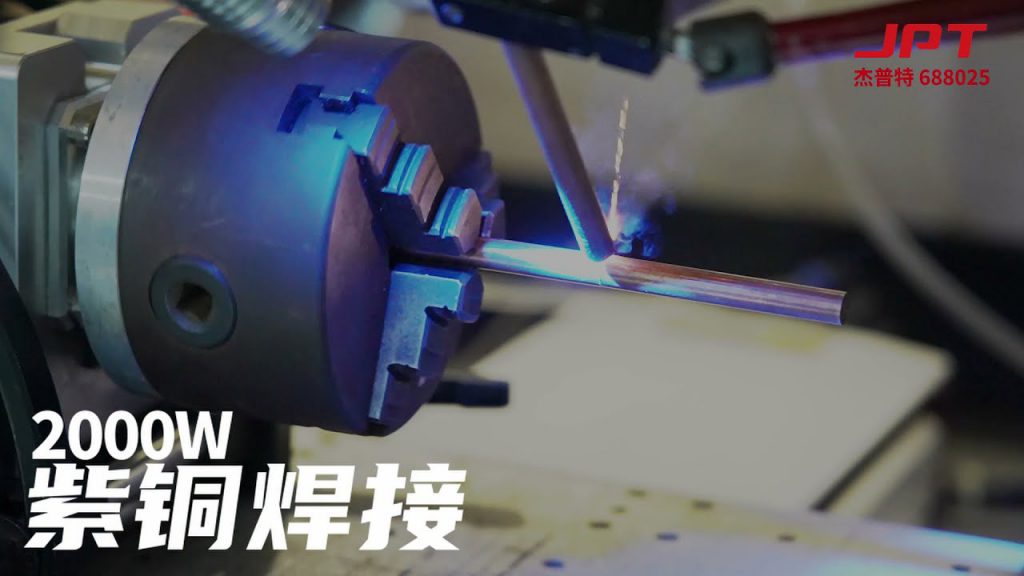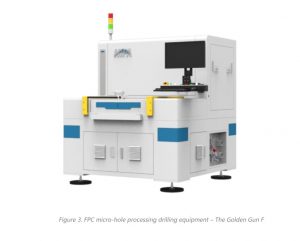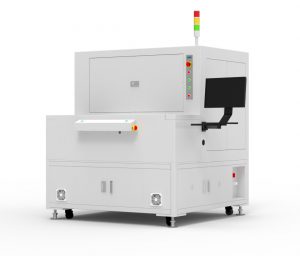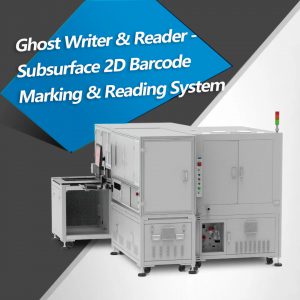Table of Contents
What is Laser Brazing?
The success of today’s products cannot be imagined without considering the efficient joining that became an integral part of complete development. Present technological advancements have not only made joining between different metals easier but today we can even join metals and plastics or metals and composites very efficiently.
Laser brazing has emerged as a high controllable technique that is characterized by low heat input and high processing speed. In simple words, Brazing is the process of joining two metal parts together by melting and continuously flowing the filler metal into the joints to create proper bond between the two joining parts.
Difference between Laser Welding and Laser Brazing
Although Laser welding and laser brazing both are metal joining sheet metal techniques, they follow different routes for joining indeed. On the one hand, Laser welding joins metal parts by raising the temperature up to melting points of the target metals and causing the fusion that is not the case with laser brazing in which the joining temperature is always lower to the melting point of base metals.
Laser Brazing relies upon the filler materials whose melting point is always lower than the base metal. By melting the filler material and flowing it into the joints, metallurgical bond between the filler and base metals is created by the process known as capillary action.
Generally aluminum-silicon, brass, bronze, copper, copper-silver, gold-silver, nickel alloy, or silver are used as filler materials. Laser Brazing is very useful technique specially joining the dissimilar materials, the bonds are very strong and the complete process is performed at relatively low temperature.
Different types of Laser Brazing
Torch Brazing
In torch brazing process, a hot gas torch is employed to raise the temperature of filler for brazing purpose. It is most suitable for small scale production and in those applications where complicated structures are involved. Torch Brazing is done in three different modes namely Manual mode, Machine mode and Automatic mode. Torch Brazing efficiently works on most of the metals except titanium, zirconium, and stainless steel.
Arc Brazing
In arc brazing, the electric arc is used as heating source. A shielding gas is used to protect the joints from atmospheric contamination. Brazing is done with the help of technique known as short circuit transfer. Arc Brazing is more suitable for big parts joining especially where automated processing is desired.
Furnace Brazing
Furnace Brazing is semiautomatic industrial technique where large volume production is made. The temperature of the whole assembly is raised to melting points and then fillers are placed in the joints. It is equally effective for a single joints or multi-joints assemblies. It’s a cost effective and high quality reproducible processing that allows joining difficult weld otherwise, dissimilar and non-metallic and composite materials.
Induction Brazing
Induction Brazing is a non-contact brazing methods in which electromagnetic field is used to heat the specimen. Although not very popular, it received fresh attention after new technological advancements in induction heating sources. Induction Brazing can be used in localized joining process with quick and precise way with no requirements of further finishing steps. It covers a wide spectrum of materials including ferrous and non-ferrous materials.
Fiber Laser Brazing
Due to its obvious advantages, Laser Brazing is gradually replacing the other brazing processes in different industrial sectors. Minimum uses of materials with minimum waste, high strength joining, rapid and straightforward processing, and versatility in terms of geometry, easily adaptable to volume production are the features of laser brazing that keeps it apart from other techniques.
In laser brazing, the heat source is obviously laser. Different laser characteristics that are easily manipulative offer a numerous choice to adapt it to the typical joining requirements. Laser Brazing is an advanced manufacturing process and the complete processing may be automated putting the laser system into robotic arm for efficient and repeatable and reproducible joining.
As previously mentioned, in case of laser brazing, temperature rise is below the melting points of the base parts. For example, in automobile industry, most of the visible joints require cosmetic efforts and high temperature welding is not required. In these kinds of joints brazing is preferred over welding and different laser characteristics can play a key role in precise control of heat flow in the brazing process.
Advantage of using JPT laser products for Laser Brazing
JPT Laser is world leader in providing a wide range of laser systems and intelligent equipment’s for different industrial applications. Different product lines of lasers based on the requirements are available in JPT Laser catalogue.
A wide spectrum of laser parameters like wavelength selection, pulse repetition frequency, broad power range, technologically updated features are available at JPT laser. A dedicated team of experts is always available to find the customized solution that may be quite varied depending upon the requirement and circumstances of customers. One of the specialties of JPT laser is their CW fiber Laser that may be perfect choice for brazing applications.
High power pulsed fiber lasers make use of master oscillator power amplifier (MOPA) configuration, and show excellent laser performance as well as high level of temporal pulse shaping controllability. As compared to the Q-switching technology, the pulse repetition frequency (PRF) and pulse width can be controlled independently in MOPA configuration, through adjusting different combination of the above parameters; the peak power of laser can be well maintained.
These lasers can be a perfect choice for Trifocal Laser Brazing recently invented that helps in cleaning and joining process in a single step. Trifocal brazing is performed by a three beam system out of which two beams are propagated through the samples to ablate the contaminants and creating wetting through preheating. The third laser beam is then utilized for ultimate brazing in the already cleaned surface.
This innovative technology became possible due to flexibility of fiber laser technology. In fact, to prepare three beam systems, three different fiber cables with different diameters are housed into a single cable. This three beam housed into a single cable is capable of creating Trifocal brazing.
Laser Brazing requires more sophistication in terms of controlling the beam profile and heating mechanism and it is very important to understand the requirements and decide accordingly the right laser with ideal profiles.
Recommend Reading

Comprehensive Guide for Laser Marking Plastics
Table of Contents Laser Marking, as name suggest, is the process of creating permanent mark on the surface using laser. The laser parameters are controlled
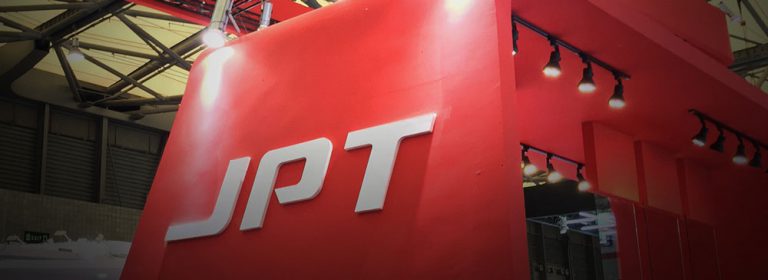
Laser Cleaning: MOPA Pulsed Fiber Laser VS CW Laser
Laser cleaning – using a focused laser beam to rapidly vaporize or strip the contaminants on the material surface. Compare with all kinds of traditional
